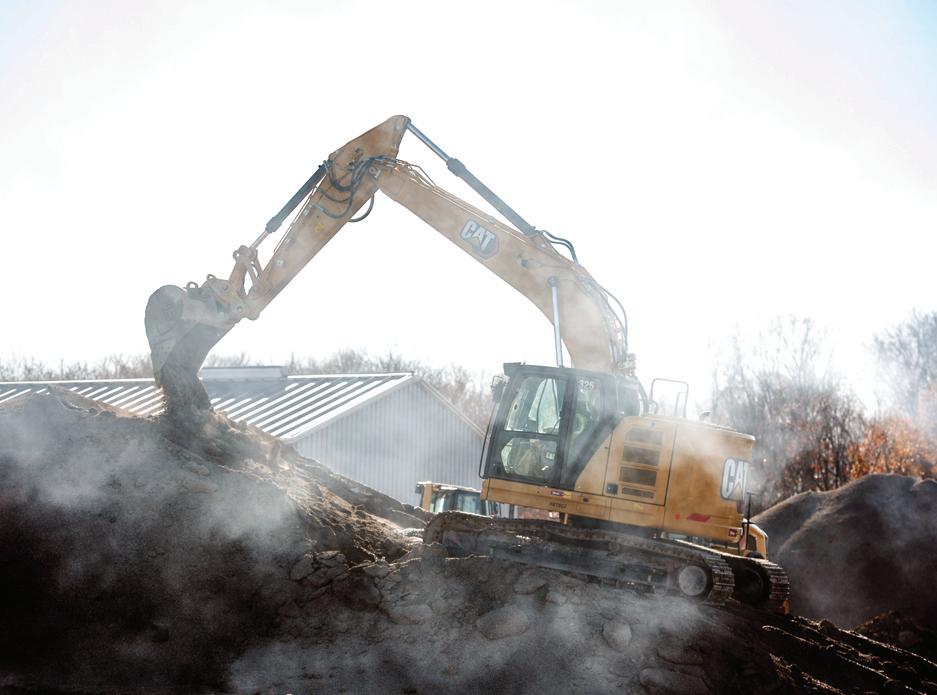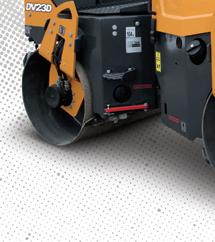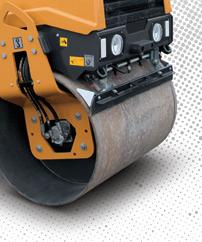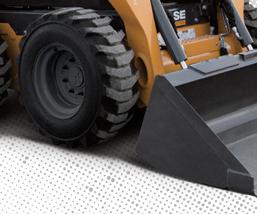
1 minute read
Trench Intercepts Groundwater, Helps Remove Contaminants
TRENCH from page 1
“The intercepted groundwater will be combined with captured surface water from the drainages south and west of the storage facility,” said Greg Plamondon, the WPAFB remedial project manager of the site. “All accumulated water will then be treated by a series of passive pretreatment and primary treatment beds before being discharged to the base stormwater network. This system will effectively reduce the concentrations of PFAS leaving the base.”
The Ohio EPA holds a direct stake and role in WPAFB’s water remediation, overseeing the project to ensure it meets state and federal regulations.
“We are very supportive of taking early actions like this that Wright-Patterson Air Force Base is doing,” said Bonnie Buthker, chief of the Ohio EPA’s southwest district office. “By installing this trench and collecting the contaminated groundwater and the rainwater from this particular site, they’re preventing that contamination from impacting Dayton’s production wells and also base production wells.”
Slated to finish the site-remediation treatment system by the end of next summer, the project team is employing a host of equipment to do the heavy lifting, starring the large DeWind “one-pass” trencher.
“We like yellow iron,” Coggin said. “The main piece of equipment is the trencher itself; it really drives the whole thing.”
The Area B project is the first of two to use the USACE Rapid Response Program for PFAS remediation, which features fast preparation, initiation and funding for time-sensitive environmental needs. Solutions at the current and former fire-training locations on Area A are in the works as well.
“I’m just really excited that we’re getting to do something,” Crocker said. “It’s nice to be breaking ground.”













